Animal Production Systems
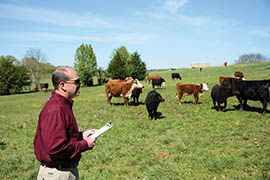
A high priority among cattle producers is to ensure that livestock are comfortable; however, a cow's inability to shed at the proper time may impact production performance....
Read More
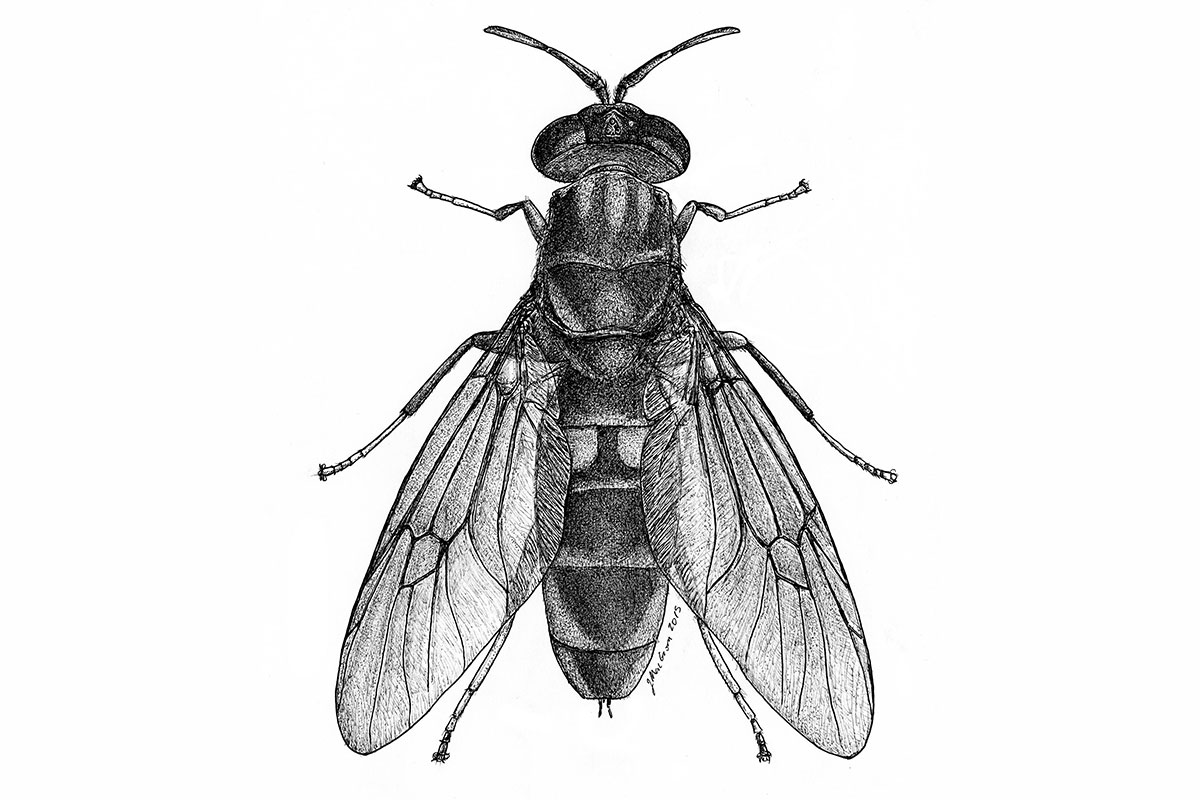
The black soldier fly, which turns agricultural waste into viable protein that can be used in feed for livestock such as chickens, may help fight food insecurity. John Schn...
Read More
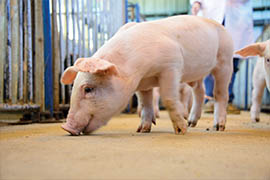
Pork, the most consumed meat in the world, is one of the most economical sources of animal protein for human consumption. Dr. Shengfa Liao, assistant professor in the Depar...
Read More

McDonald's, Wendy's, and Walmart are just a few of the hundreds of corporations who have vowed to switch to cage-free eggs in the not-so-distant future. Because of the grow...
Read more
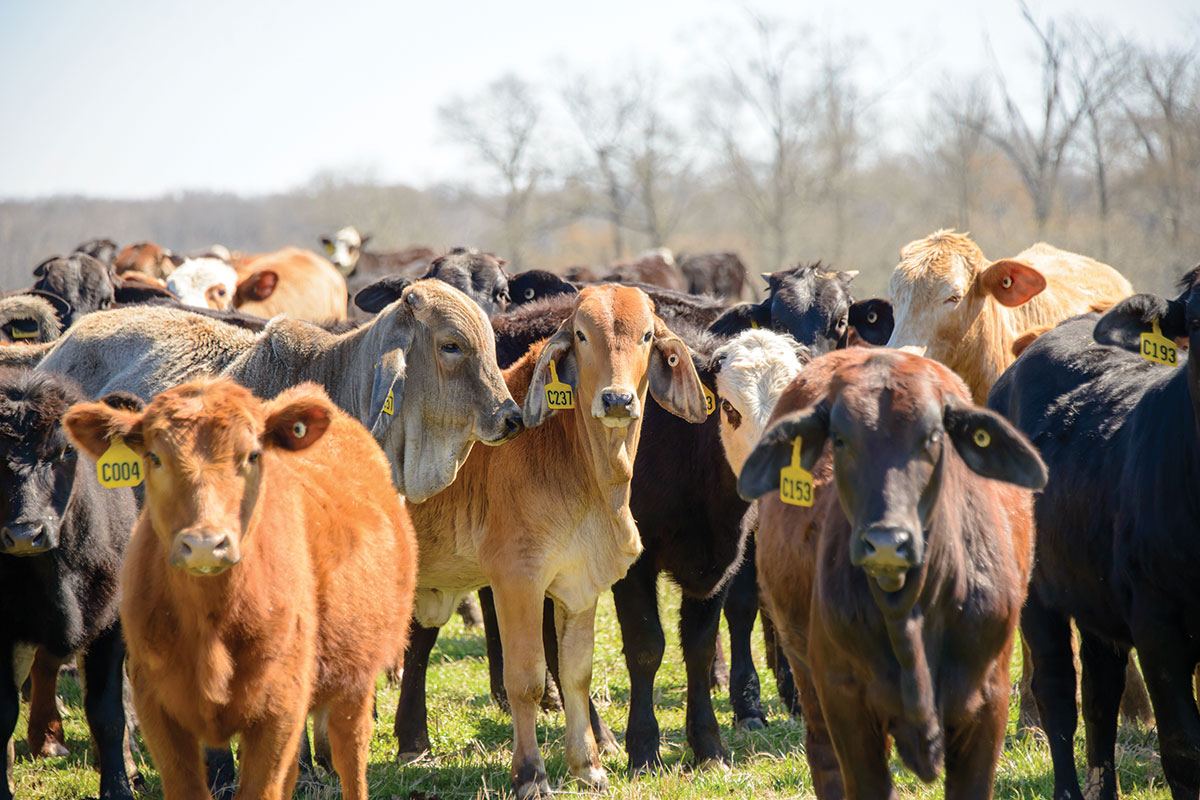
The personality of livestock may seem secondary to productiveness, but research shows that the two may be connected. Cow temperament is correlated with how much money the c...
Read More
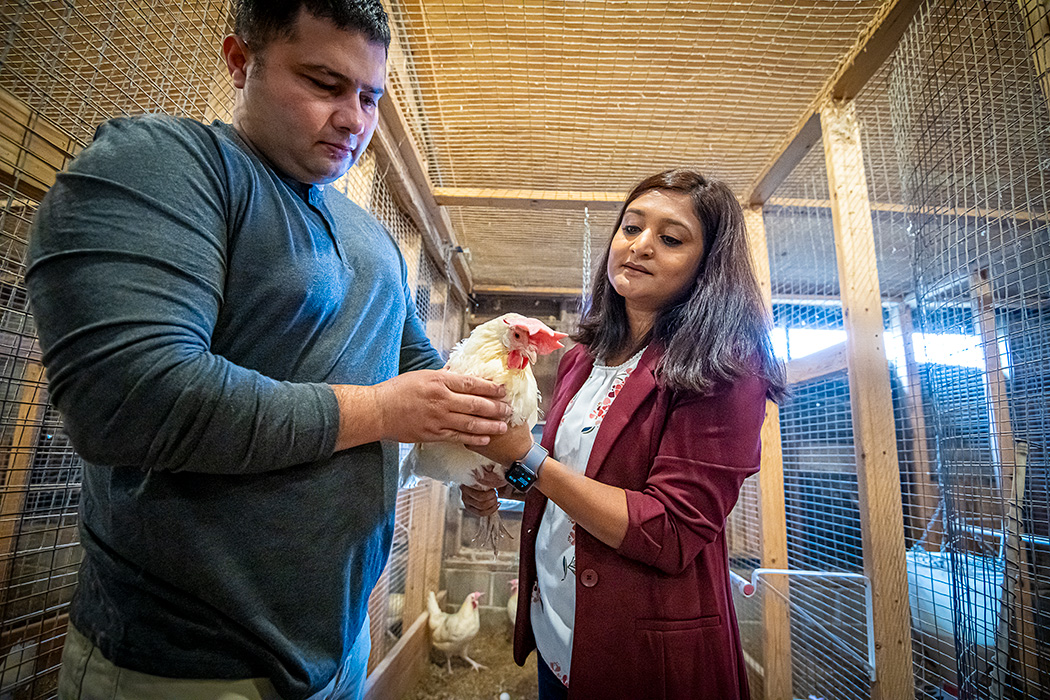
MAFES scientist Dr. Pratima Acharya Adhikari, an associate professor in poultry science, is investigating the use of probiotic additives to poultry feed as a means of redu...
Read More
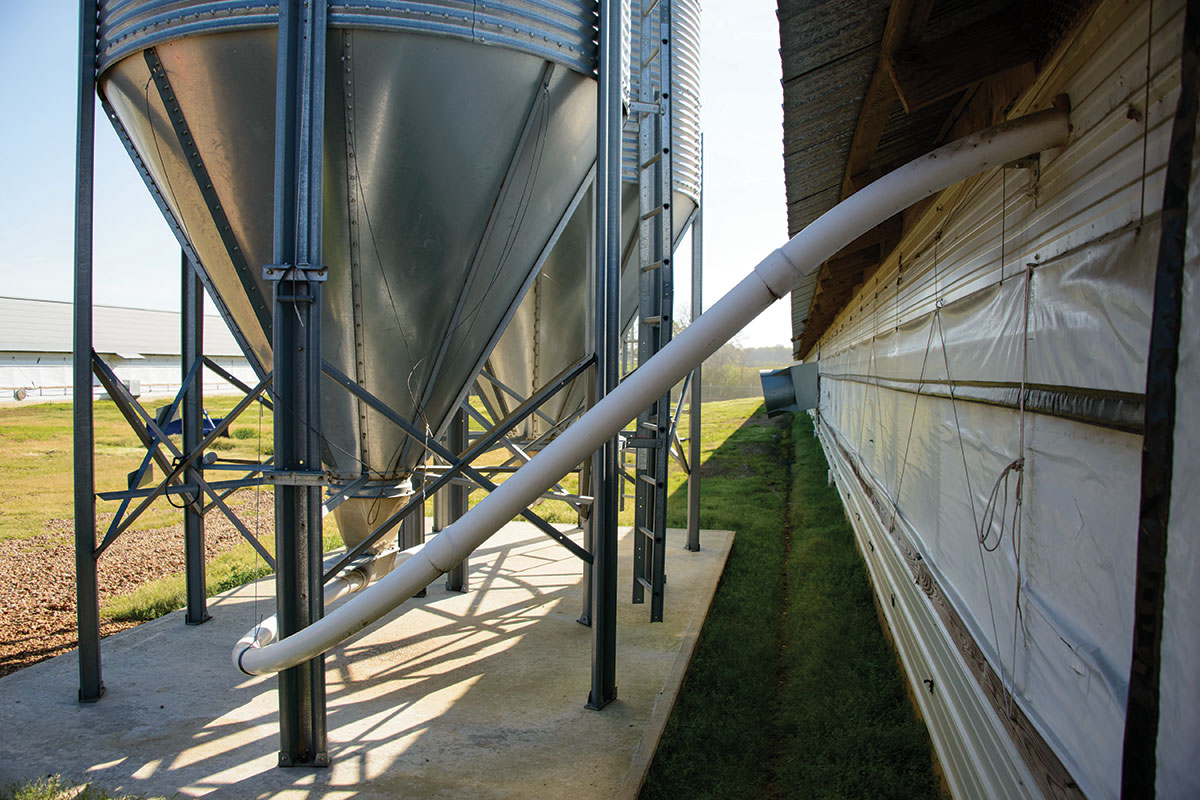
730 million broilers were raised on Mississippi farms in 2015. MAFES researchers hope to discover more efficient, cost-effective ways to deliver feed to so many birds. That...
Read More
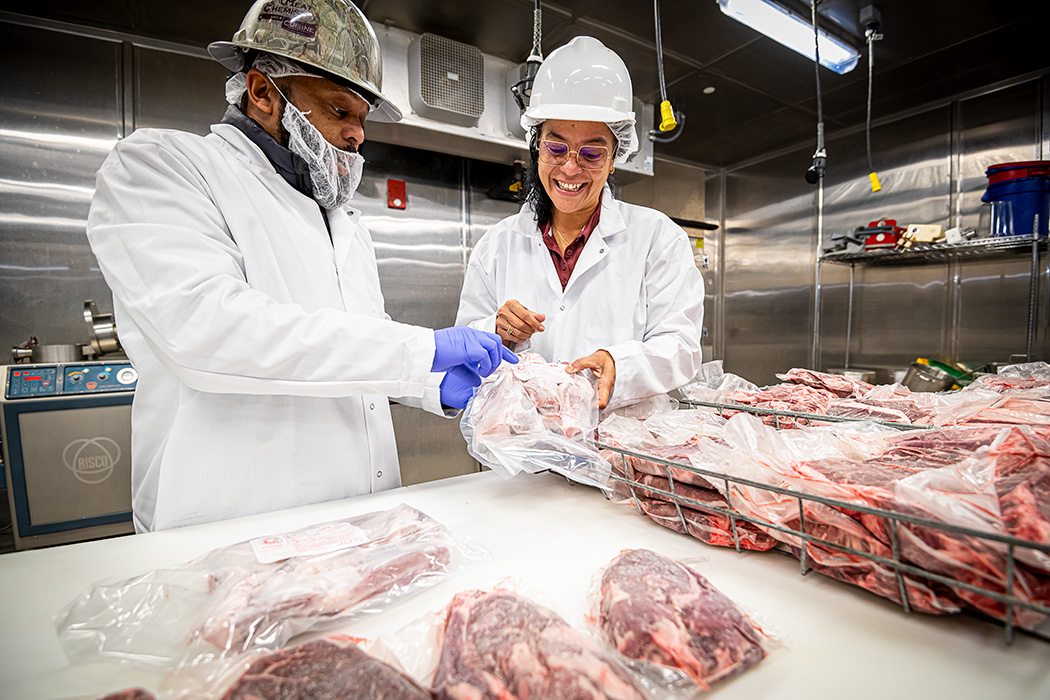
Supply chain disruptions during the Covid-19 pandemic brought to light the vulnerability of the country’s meat supply and the need for smaller-scale producers to contribut...
Read More
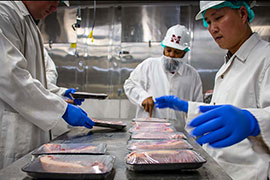
Kentucky 31, a popular forage, is chosen for its drought tolerance and adaptability across climates; however, it has an unwanted host, an endophyte or fungus that lives ins...
Read more
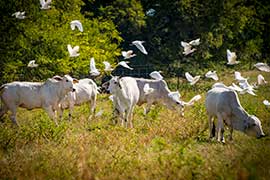
Two MAFES scientists, Dr. Caleb Lemley and Dr. Derris Devost-Burnett, are leading a team of researchers who are using biophotonics to study how maternal nutrient restrictio...
Read more
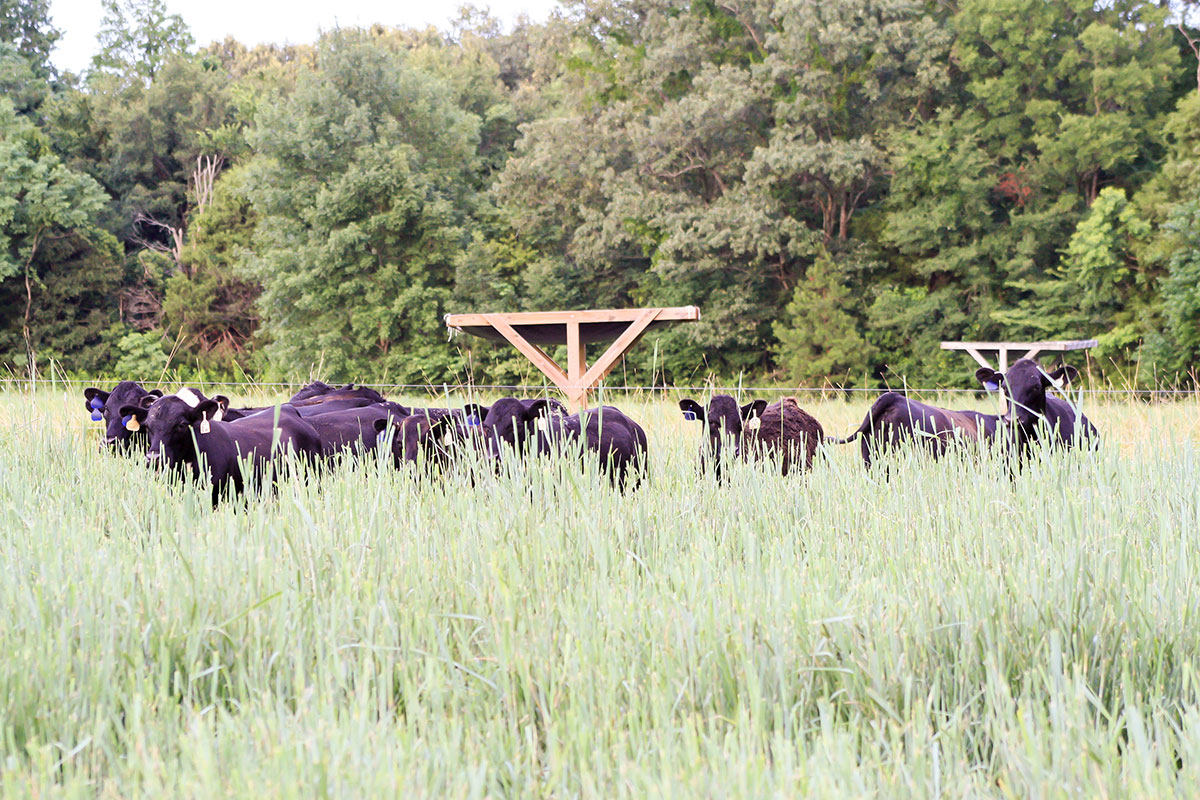
As consumer interests for forage-finished beef increases in the U.S., Mississippi Agricultural and Forestry Experiment Station scientists, Wes Schilling and Byron Williams,...
Read More
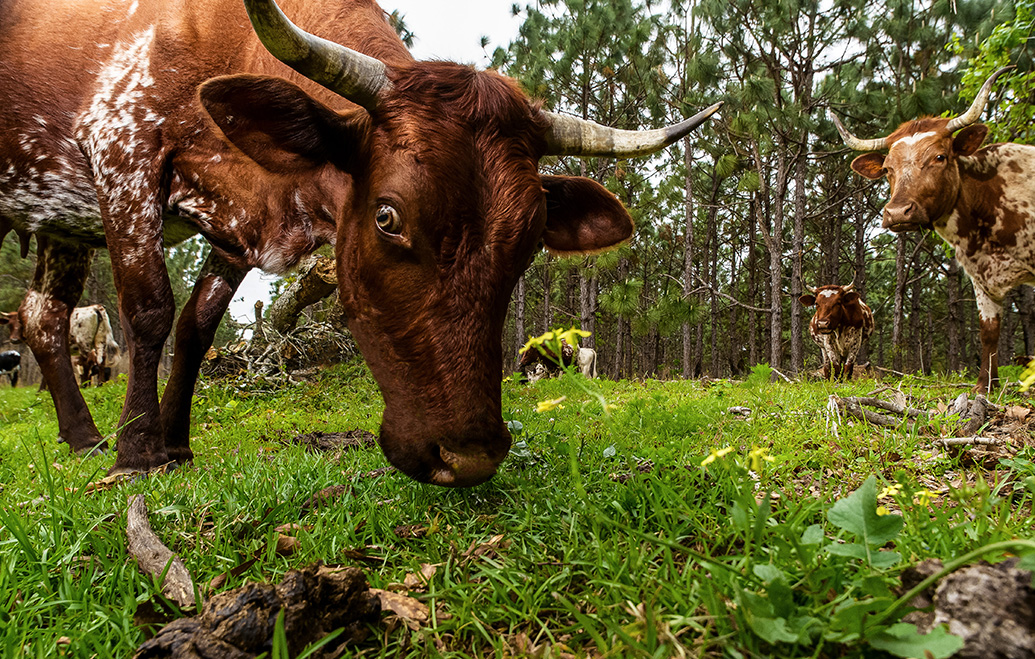
MSU scientists are turning to traditional practices to solve modern land management problems in pine savannah habitats along the Gulf Coast. Dr. Eric Sparks, associate ext...
Read More
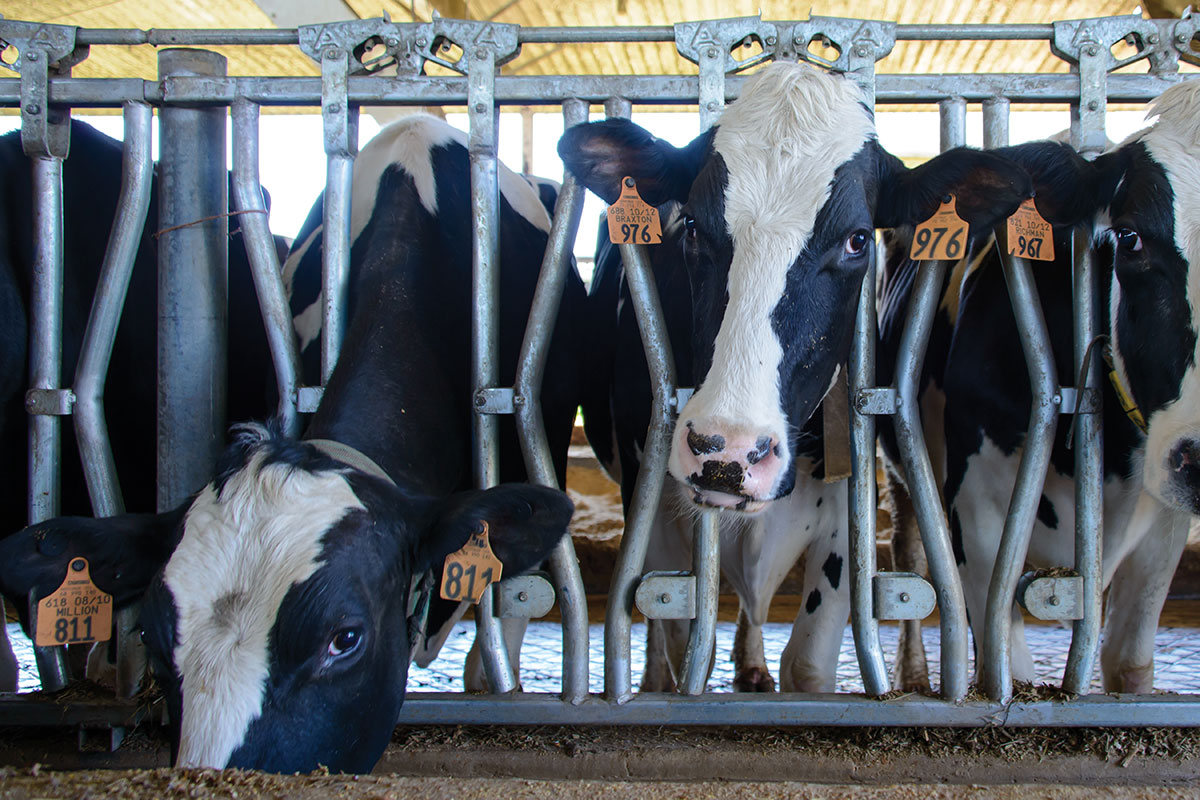
Melatonin is a hormone our body naturally produces. Melatonin as a supplement is considered an antioxidant. While many people may take melatonin for a good night's rest, re...
Read More
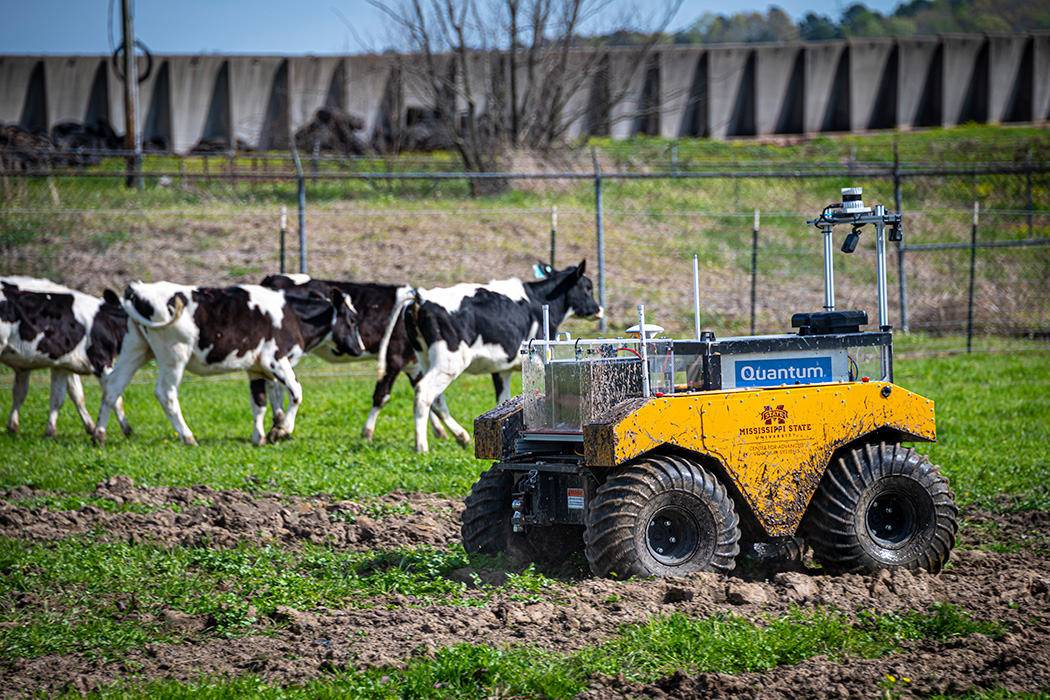
Dr. Marcus McGee, MAFES scientist and assistant clinical professor in the animal and dairy sciences department, envisions a day where autonomous robots roam the range, doi...
Read More
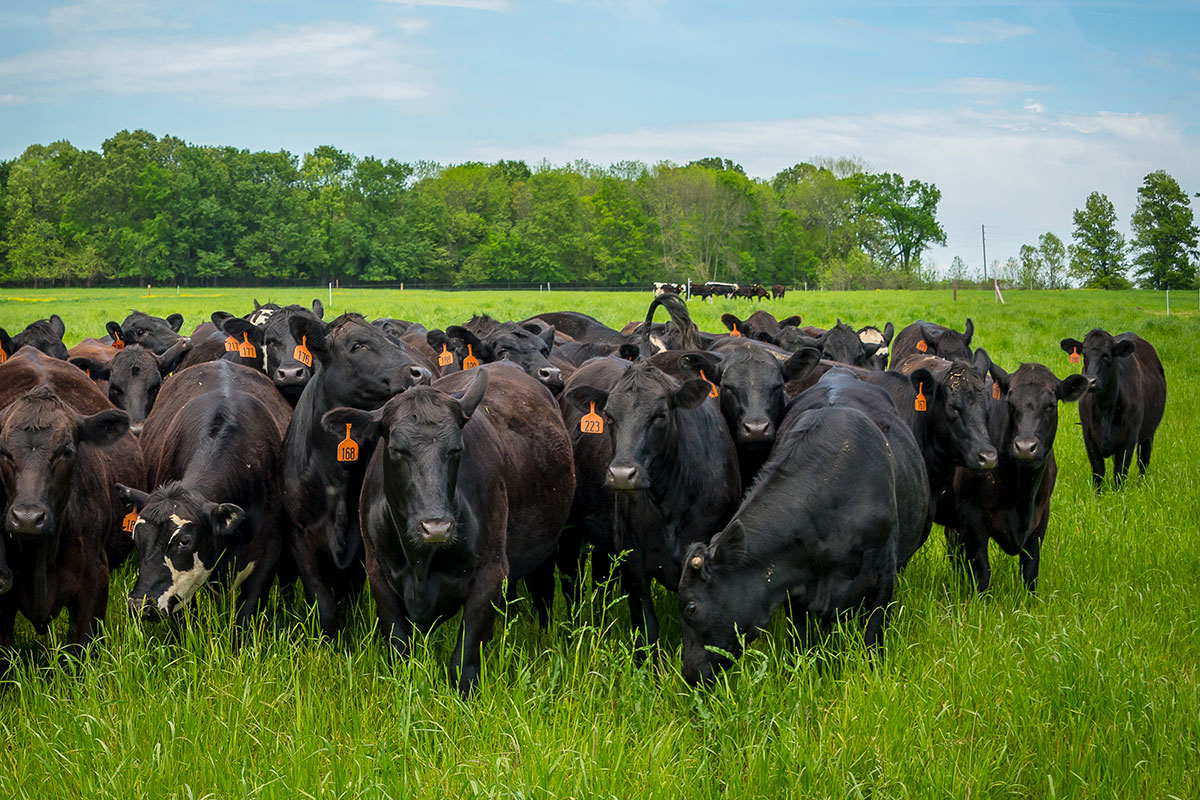
As a molecular biologist, Dr. Florencia Meyer, a scientist in the Mississippi Agricultural and Forestry Experiment Station, hopes to unlock molecular secrets about the micr...
Read more
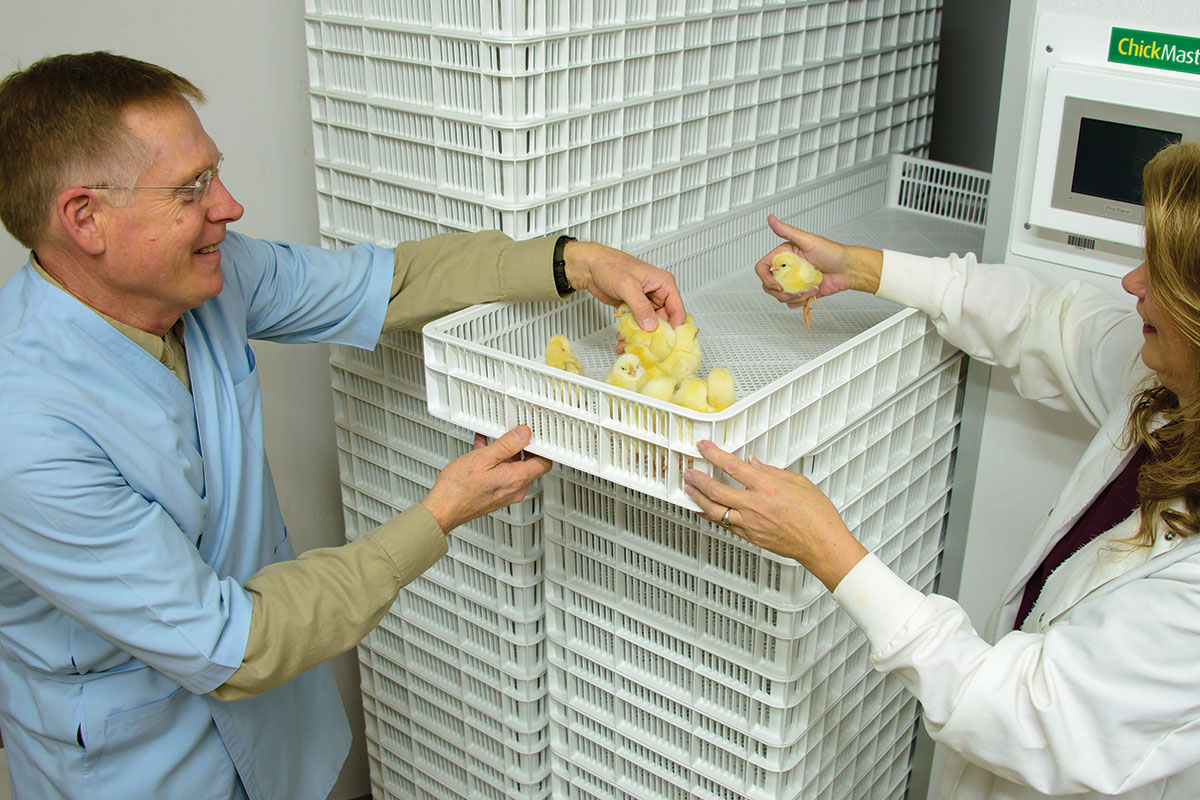
Poultry was a $3.2 billion dollar business in Mississippi in 2015. MAFES scientists conduct research that drives that industry forward. One such researcher is Dr. David Pee...
Read More
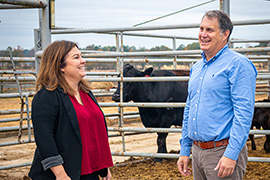
Last year, MAFES welcomed two new department heads: Dr. Christy Bratcher, Animal and Dairy Sciences, and Dr. Ken Macklin, Poultry Science. They share with MAFES readers th...
Read More
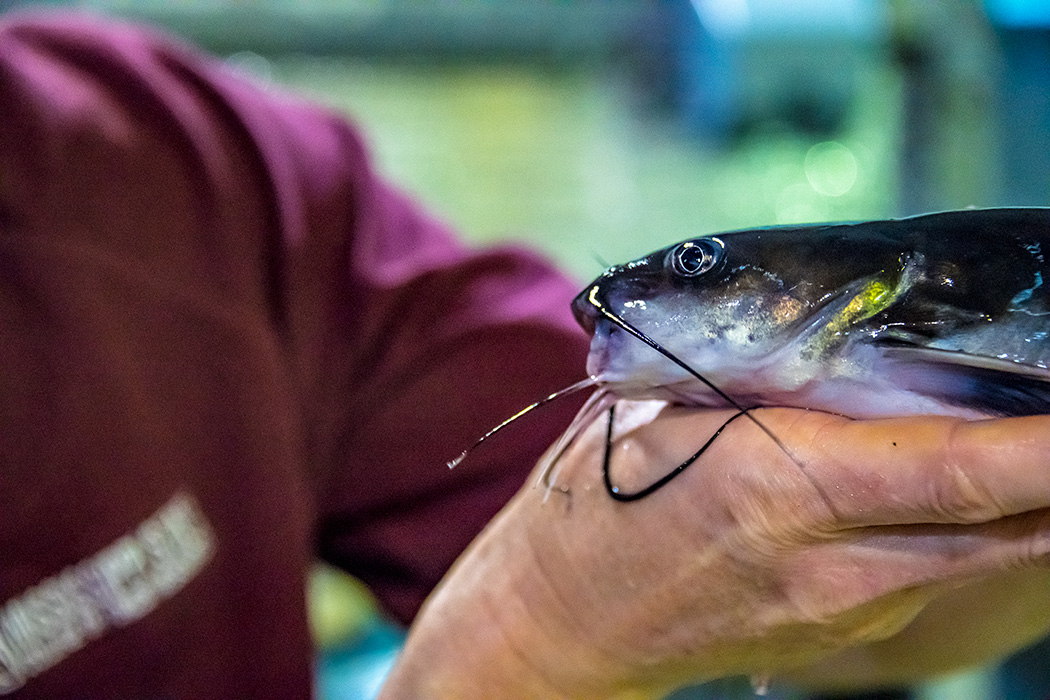
MAFES scientist Dr. Ganesh Karunakaran, associate wildlife, fisheries and aquaculture research professor, is the first to create a comprehensive economic impact model detai...
Read More

As extreme weather events raise both the risk of lightning damage to broiler houses and insurance premiums; chicken growers are experiencing record losses due to these eve...
Read More
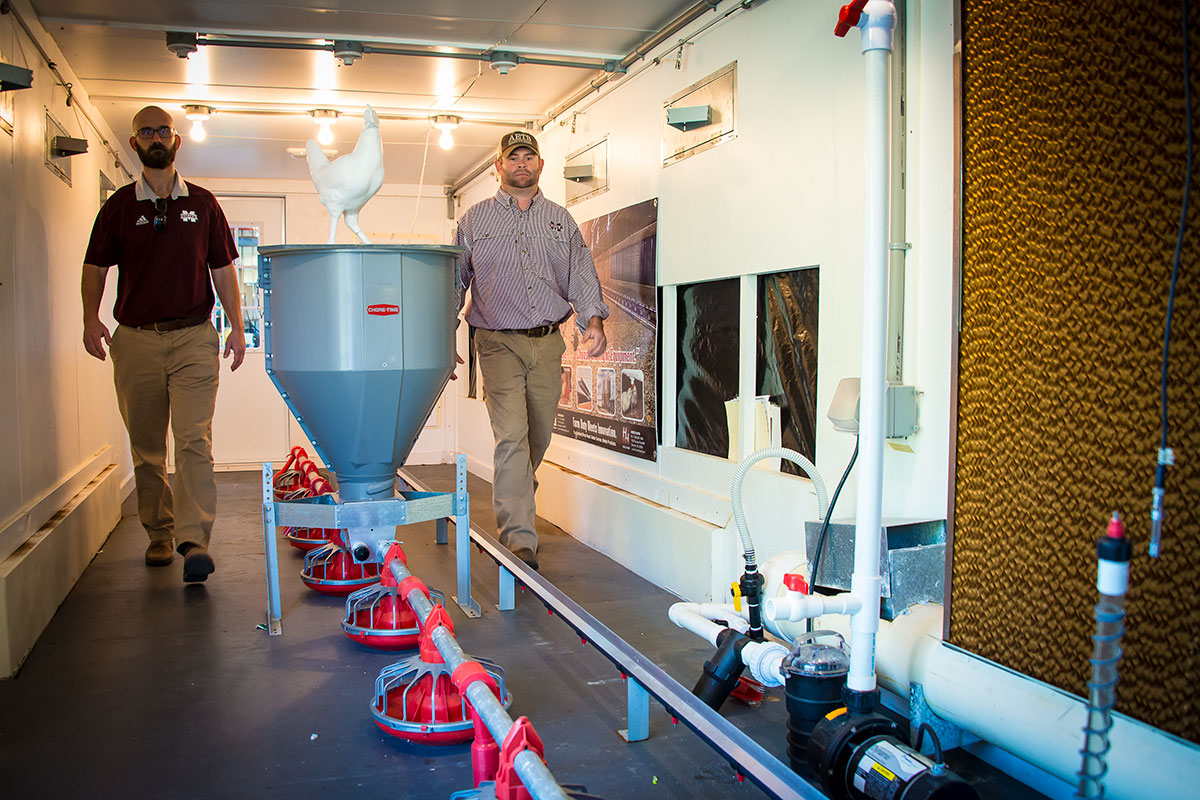
Poultry is big business in Mississippi. In 2016, the state's broiler production value totaled $2.23 billion dollars. A researcher in the Mississippi Agricultural and Forest...
Read More
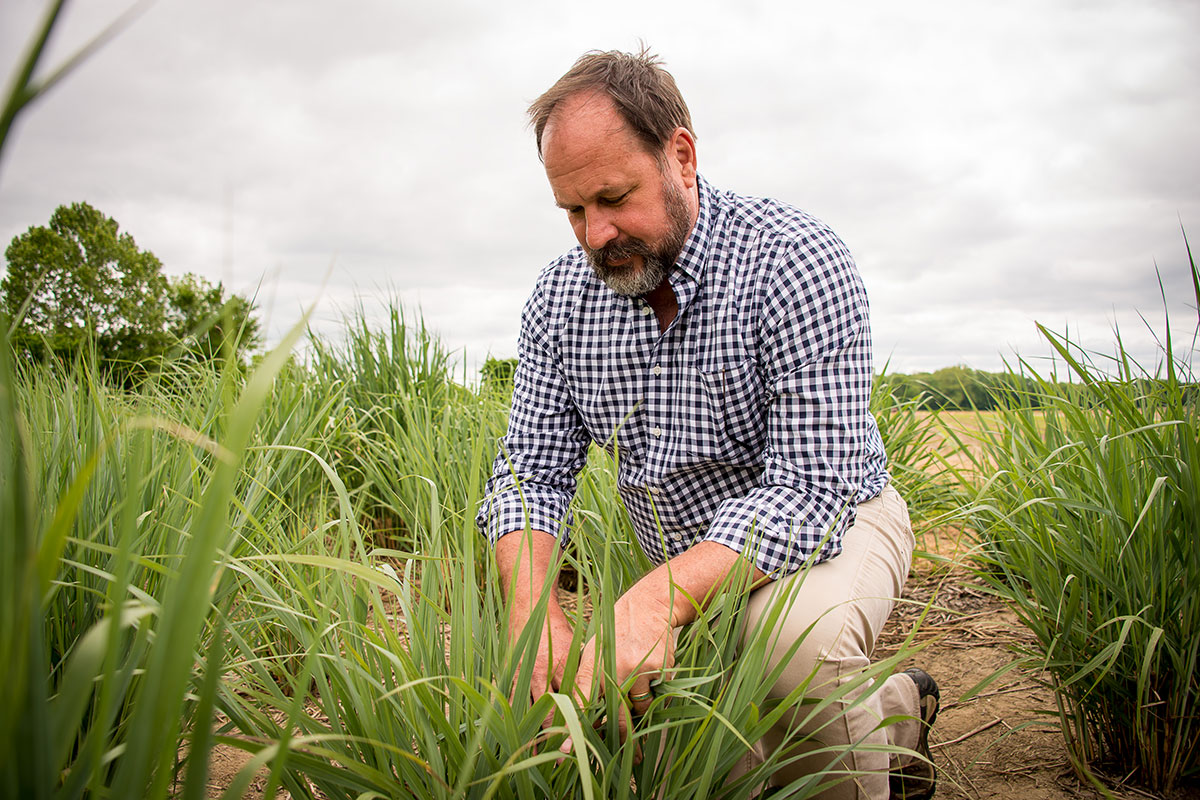
The uses of perennial warm-season grasses are as varied as the plants themselves. Applications include poultry bedding, cattle forage, conservation plantings, bioenergy, an...
Read More

Recent technological advances in production systems have enabled catfish producers to achieve significantly higher yields through greater control by concentrating all of th...
Read more
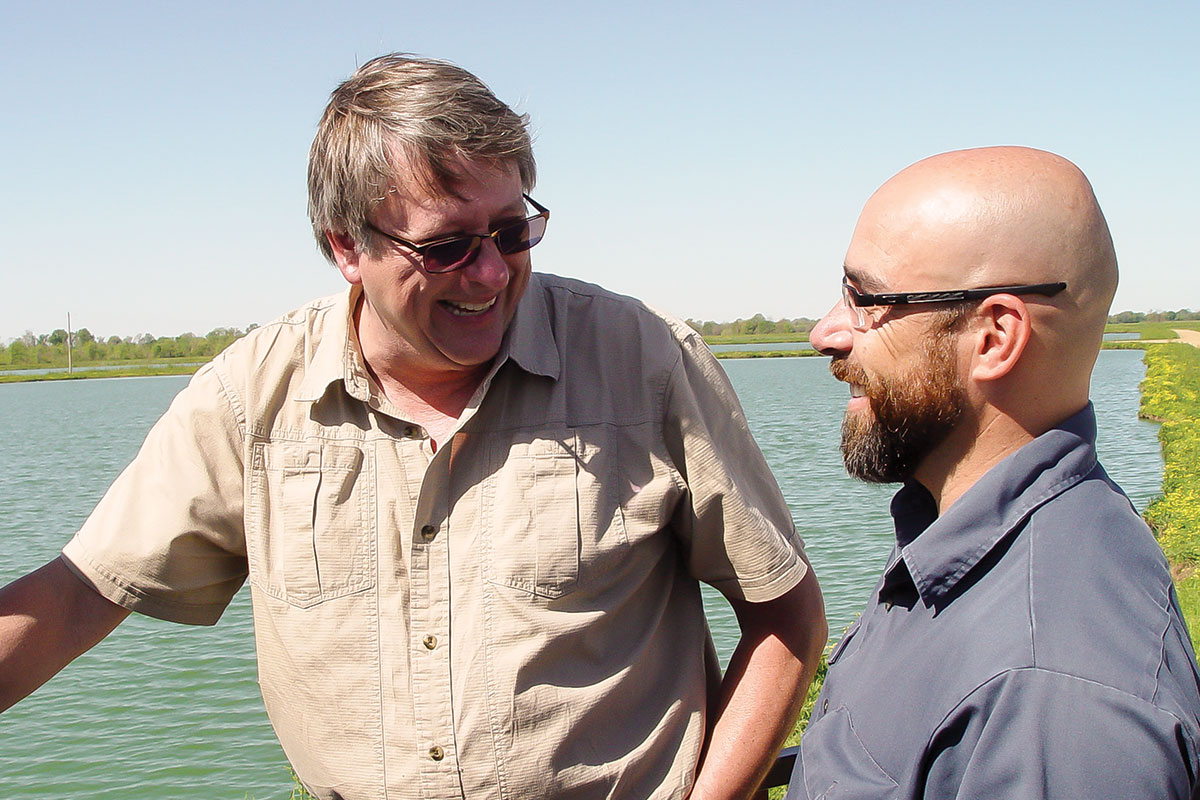
MAFES scientists are helping producers in the heart of catfish country. Dr. David Wise and his staff at the Thad Cochran National Warmwater Aquaculture Center help producer...
Read More
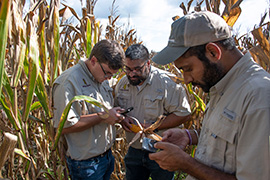
Sulfur is a key macronutrient required to grow a healthy crop of corn. Dr. Jagmandeep Dhillon leads a team of MSU researchers to determine how nitrogen affects sulfur level...
Read More
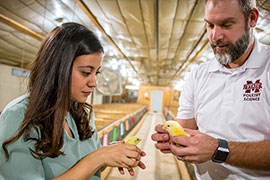
MAFES researchers are trying to unlock a better path for administering probiotics in poultry. Researchers hope bioluminescence will illuminate the effectiveness of a suite ...
Read more
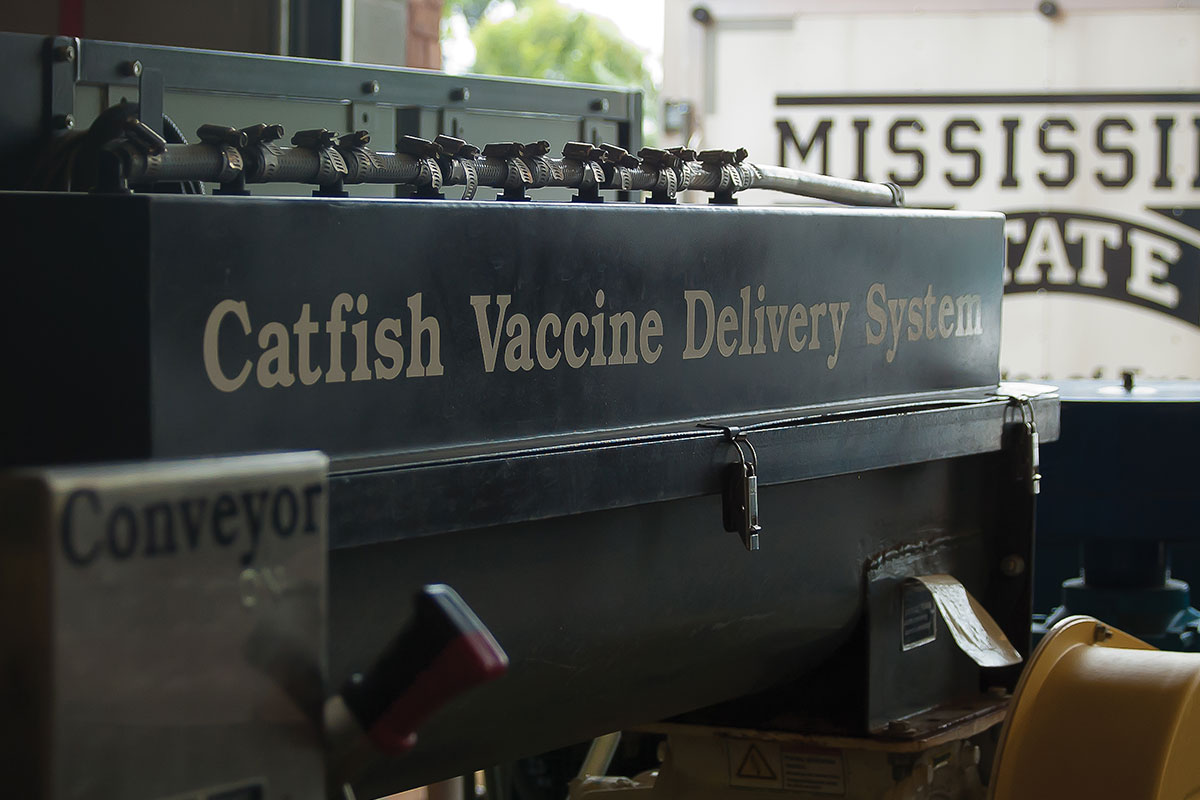
MSU scientists have developed a vaccine to protect catfish from commonly occurring bacteria that can cause death. During their first growing season, every catfish fingerlin...
Read more
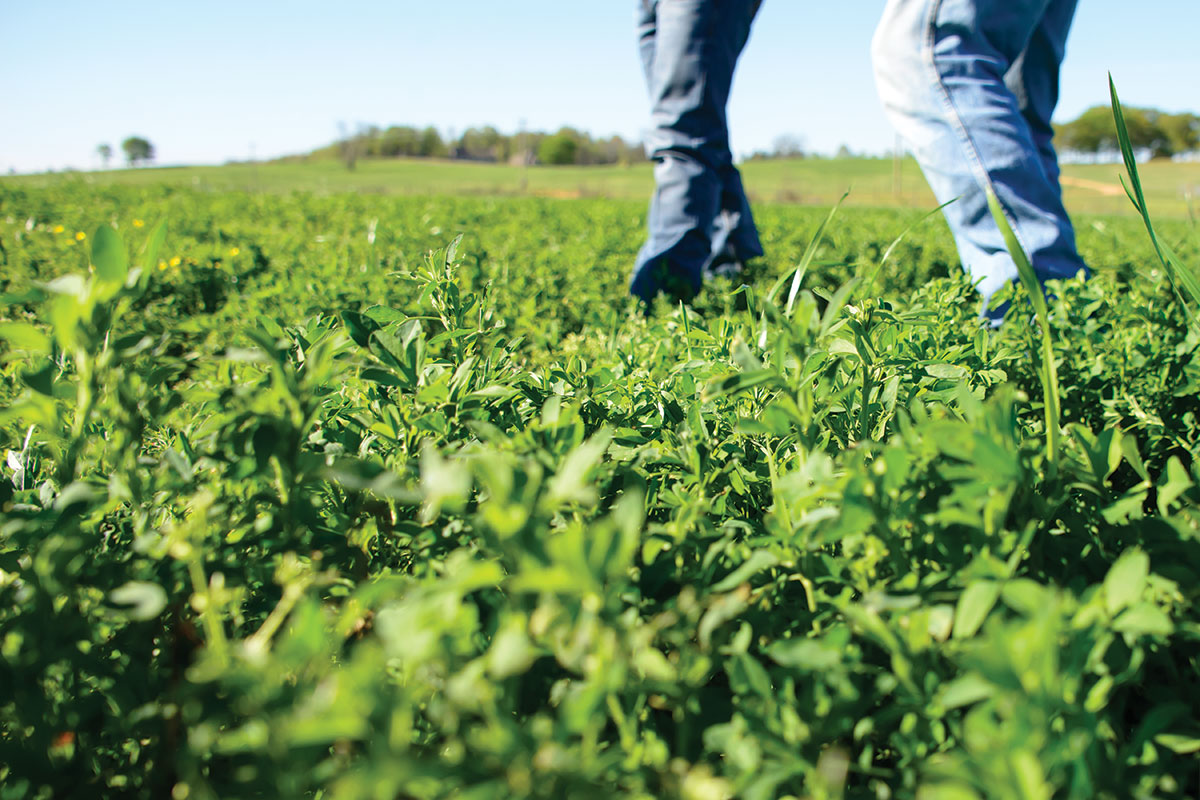
Dr. Rocky Lemus is on a mission: to help Mississippi producers become better forage managers. To accomplish his mission, he and Joshua White, manager of the MAFES Official ...
Read More
